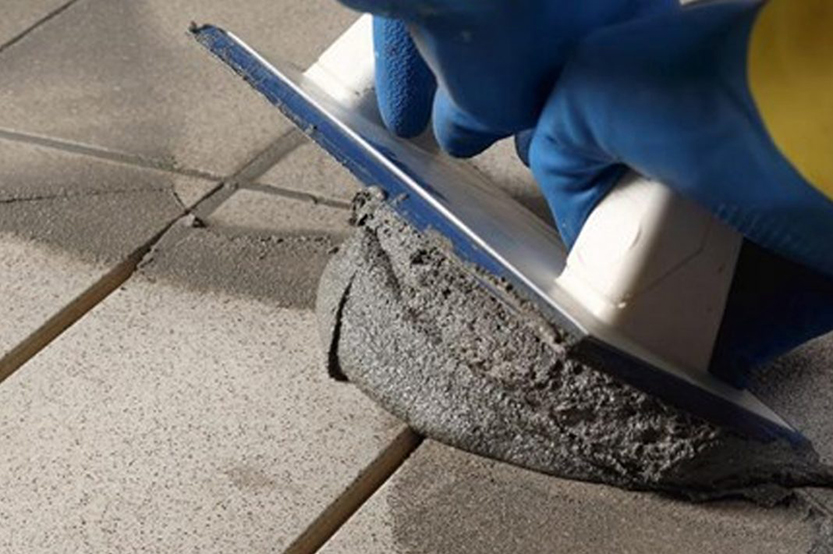
Okt . 05, 2024 09:39 Back to list
Hydroxypropyl Methyl Cellulose Derivatives and Their Applications in Modern Industries
Hydroxypropyl Methyl Cellulose Ether A Versatile Polymer for Modern Applications
Hydroxypropyl methyl cellulose ether (HPMC) is a widely used cellulose derivative that has gained significant popularity in various industries due to its unique properties and versatility
. This non-ionic polymer is synthesized from natural cellulose through a series of chemical modifications, allowing for enhanced solubility and functionality in diverse applications.One of the most remarkable features of HPMC is its ability to form stable gels and films when dissolved in water. This property makes it an invaluable ingredient in the food industry, particularly in the formulation of low-fat and gluten-free products. HPMC serves as an excellent thickening agent, providing the desired viscosity and texture, while also improving the mouthfeel of food products. Moreover, its ability to retain moisture helps in prolonging shelf life, making it a preferred choice for food manufacturers.
In the pharmaceutical sector, HPMC is extensively utilized as an excipient in tablet formulations and drug delivery systems. Its film-forming and binding properties enhance the mechanical strength of tablets, ensuring uniformity and stability. Additionally, HPMC is critical in controlled-release drug formulations, as it modulates the release rate of active ingredients, providing patients with consistent therapeutic effects.
hydroxypropyl methyl cellulose ether

HPMC also finds significant applications in the construction industry, particularly in the formulation of cement-based mortars and adhesives. Its water-retaining capabilities prevent rapid drying, allowing for better workability and adhesion. This results in improved performance of construction materials, leading to stronger and longer-lasting finishes.
Moreover, HPMC is a popular choice in the cosmetic and personal care industry. It is commonly used in shampoos, lotions, and other formulations due to its thickening and emulsifying properties. Its non-toxic and biodegradable nature makes it suitable for a wide range of applications, catering to the growing demand for sustainable and environmentally friendly products.
Despite its numerous benefits, the production and usage of HPMC must be evaluated carefully to ensure sustainability. As consumers increasingly demand eco-friendly products, researchers are focusing on developing HPMC from renewable resources and optimizing its production processes for minimal environmental impact.
In conclusion, hydroxypropyl methyl cellulose ether stands out as a versatile and multifunctional polymer. Its unique properties have made it indispensable across various industries, including food, pharmaceuticals, construction, and cosmetics. As technology advances, the potential applications for HPMC continue to expand, firmly establishing it as a key player in the development of innovative products.
-
The Widespread Application of Redispersible Powder in Construction and Building Materials
NewsMay.16,2025
-
The Widespread Application of Hpmc in the Detergent Industry
NewsMay.16,2025
-
The Main Applications of Hydroxyethyl Cellulose in Paints and Coatings
NewsMay.16,2025
-
Mortar Bonding Agent: the Key to Enhancing the Adhesion Between New and Old Mortar Layers and Between Mortar and Different Substrates
NewsMay.16,2025
-
HPMC: Application as a thickener and excipient
NewsMay.16,2025
-
Hec Cellulose Cellulose: Multi functional dispersants and high-efficiency thickeners
NewsMay.16,2025







